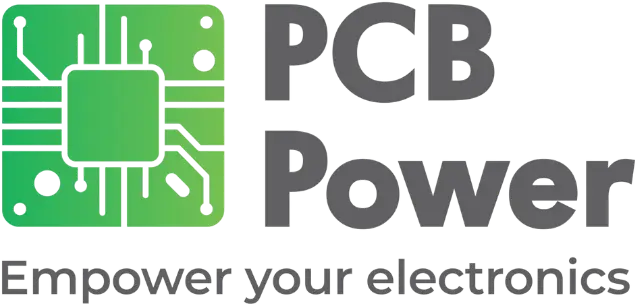
Design for Emerging PCB Trends
Every great product starts as a sketch on a whiteboard. Design is not just placing footprints on layers. It is how an idea grows into hardware that works on a bench, inside a lab, and eventually in a customer’s hands.
Whether your team builds medical monitors, vehicle control units, or compact consumer tech, the quality of your PCB Design sets the tone for everything that follows. Get it right and progress feels smooth. Get it wrong and even clever concepts can stall during testing and in the field.
Why Design Must Adapt?
The traditional growth drivers — personal computers and smartphones — are no longer the only stage for PCB innovation. Today, new markets are setting the pace:
- IoT and smart devices need compact, connected boards that work reliably in tight enclosures.
- EVs and automotive electronics demand thermal stability, ruggedness, and long-term durability.
- Medical electronics require zero-defect reliability for life-critical applications.
- Aerospace and defense boards must endure extreme temperatures, vibration, and altitude.
- Robotics and automation call for dense, high-speed interconnects in complex stack-ups.
Each of these industries raises the bar — pushing PCB designs toward higher layer counts, flex and rigid-flex adoption, and prototypes that can transition rapidly to production.
From Layout to Reliable Boards
Meeting these challenges starts with precise fabrication. Our facilities deliver:
- Material choices across FR-4, HDI, high-layer builds, and flex for compact enclosures.
- Copper weights and finishes chosen for performance under heat, vibration, or extended duty cycles.
- Strict process controls so vias, solderability, and dimensions remain consistent from prototype to full run.
- Lead-free and compliant builds so your boards align with global standards while staying durable.
Reliability in emerging applications begins with how well the board is built. That is where precision matters most.
PCB Assembly That Keeps Pace with Innovation
High-quality boards only succeed when they are assembled to match. At PCB Power, our PCB assembly services cover:
- SMT, through-hole, or mixed builds — from fine-pitch BGAs to dense passives.
- End-to-end component sourcing, including hard-to-find parts, with lifecycle checks and traceability.
- Testing at every step — AOI, X-ray, in-circuit, and functional testing to ensure your design performs the first time.
When PCB fabrication and PCB assembly run under one roof, feedback loops are faster and handoffs are fewer — giving you prototypes and production runs that keep up with compressed market timelines.
Why Companies Pick PCB Power?
Emerging trends don’t just demand stronger boards. They demand stronger support.
- Access to engineering and support team for real-time problem-solving.
- Instant online quote and free delivery across India
- Easy to use features like PowerBoM - An automated BOM management tool
- Rapid prototyping services to move from idea to iteration quickly.
- Scalable production that grows with your product without reworking processes.
- Cross-industry expertise from aerospace to medical, where tolerance for error is zero.
With over 25 years of experience, we don’t just fabricate PCBs — we partner with you to ensure they work in the field, not just in theory.
Turning Ideas into Products
Technology moves quickly. Your electronics should be ready for what is next. With thoughtful design, careful builds, and dependable support, PCB Power gives your project a foundation that performs in the real world. Tell us what you want to achieve, and we will help you turn an idea into a board and a board into a product people trust. That is the work we enjoy.
Still have questions?
Contact us at
India – [email protected]
Global – [email protected]
Get an online instant quote
FAQs
1. How early should we involve you in a project?
Bring us in at the concept stage. Early reviews catch thermal, signal, and manufacturability issues, reducing respins and shortening schedules.
2. What kinds of files do you need to start a build?
Send drawings, Gerbers, IPC-356 netlists, BOMs, centroid data, and stackup comments. Clear revision control lets us work swiftly and correctly.
3. Can you locate components that are hard to find?
Yes. When we need to, we use checked distributors, lifecycle checks, and backups. There are traceability reports for projects that are sensitive or have rules.
4. How do you make sure that something is reliable before you send it?
As required, boards pass AOI, X-ray, in-circuit, and functional testing. If anything goes wrong, we write down the results and communicate the remedies right away.
5. Do you agree with making rapid prototypes and scaling them up to production?
Yes, for sure. We do short runs to test things out, and then we scale up using the same engineers, supply planning, and repeatable procedures.



